Rock stars: Snøhetta puts the Lascaux cave paintings in an exciting new context
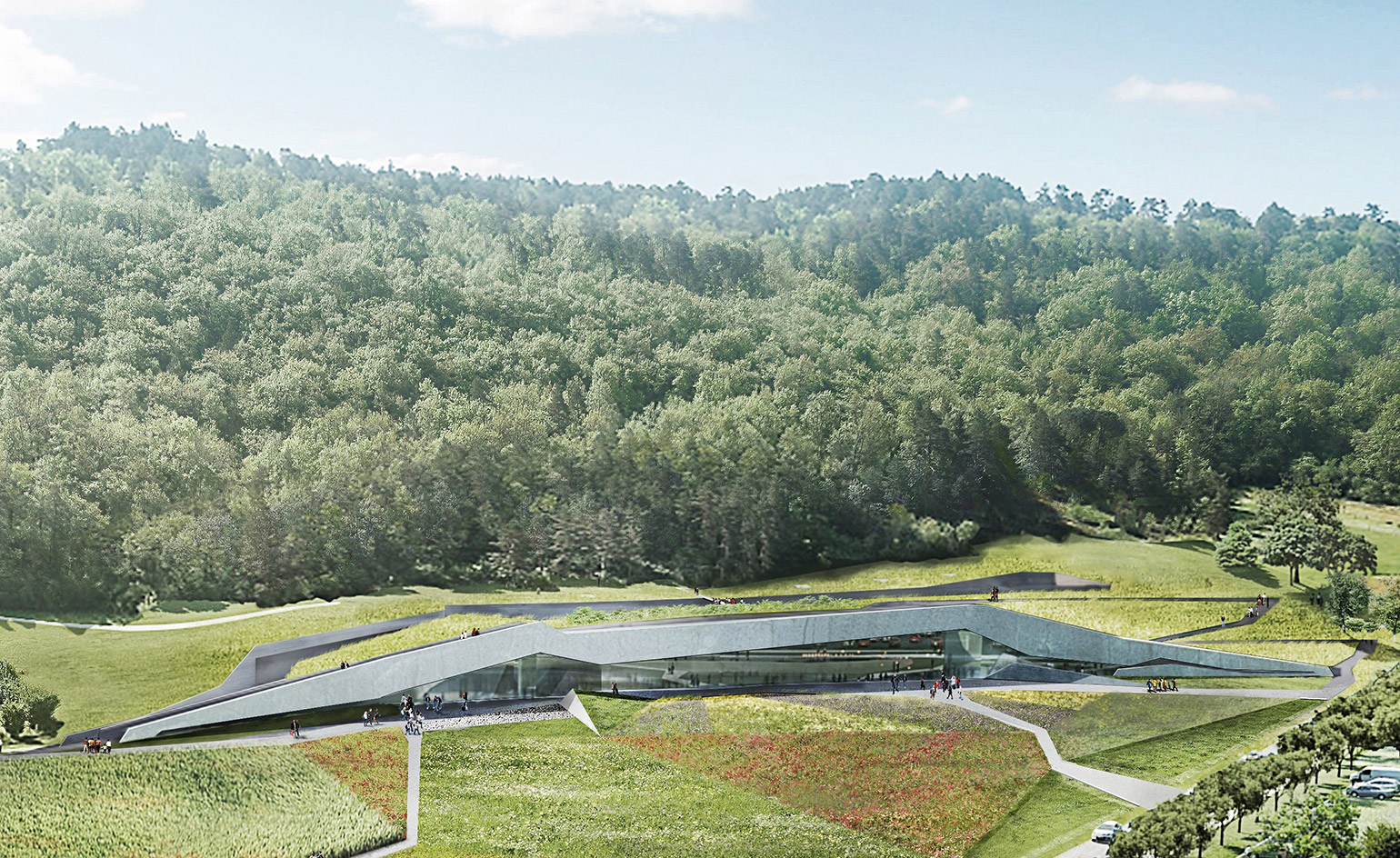
When Norwegian architects Snøhetta were invited to compete for a new museum at France’s world-renowned cave painting site Lascaux, founding partner Kjetil Thorsen admits to being ‘a bit frightened’. But this cocktail of fear and respect paid off, because the firm pipped Jean Nouvel (among others) to the post. This must have been galling for the Frenchman, as he was born nearby in 1945, just five years after the paintings were discovered, outside the town of Montignac, in the Dordogne.
The Lascaux cave paintings, which date back around 20,000 years, are nicknamed the Sistine Chapel of prehistory. They have been closed to the public since 1963 to protect them, so a copy was constructed nearby in the early 1980s as a mock-up experience for visitors. However, it is now deemed too close to the original site.
Snøhetta’s new International Cave Art Centre opened in December 2016, on a piece of nearby farmland framed by a wooded hillside. Thorsen likens the centre to ‘an incision in the landscape where you pull up the landscape and look under it’. Inside, the inclined walls have random horizontal stripes sandblasted into them, to suggest geological layers. By embedding the building in the land, Thorsen has been able to play with scale. ‘We design big buildings to look slightly smaller [than they are] so you get a surprise with the internal space,’ he says.
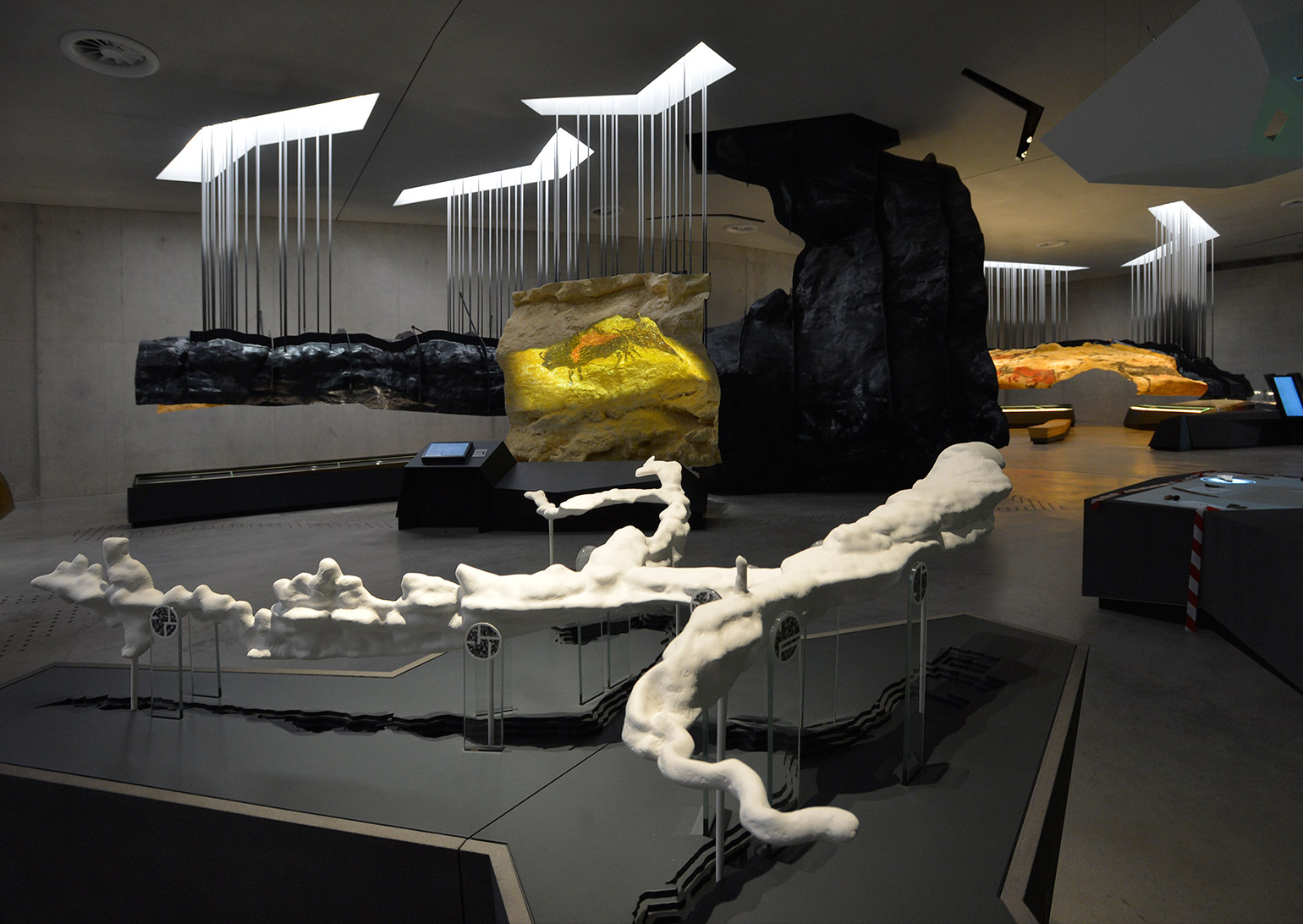
The new building and exhibitions will be a huge cultural draw for the Dordogne area of France
For Lascaux, he created a shallow glass-fronted foyer, behind which there are ever deeper and darker exhibition spaces. The €57m venue, commissioned by the Conseil Général de la Dordogne, must fulfil a number of roles. Hence the six gallery zones created by London exhibition specialists Casson Mann to answer, ‘as far as possible, the questions that visitors have after seeing Lascaux’, says co-founder Dinah Casson.
But the big draw is an exact replica of the original caves, reached by leaving the building and walking up the sloped roof to another entrance. This is a reference to the way four local boys and a dog originally discovered them in the 1940s – through a hole in the ground. The cave environment and its artworks were painstakingly recreated over four years at the Atelier des Fac-Similés du Périgord by 30 artists specialising in Palaeolithic techniques. To add to the cave-like ambience, the temperature is set at 12°C and humidity at 80 per cent.
Dinah Casson points out that a lot of the museum’s visitors will be holidaymakers on the hunt for something to do in bad weather, but the venue will also appeal to people with a genuine interest in Palaeolithic art. And as one of Snøhetta’s very few French buildings, it might even become a destination for fans of the Norwegians’ work.
As originally featured in the March 2017 issue of Wallpaper* (W*217)
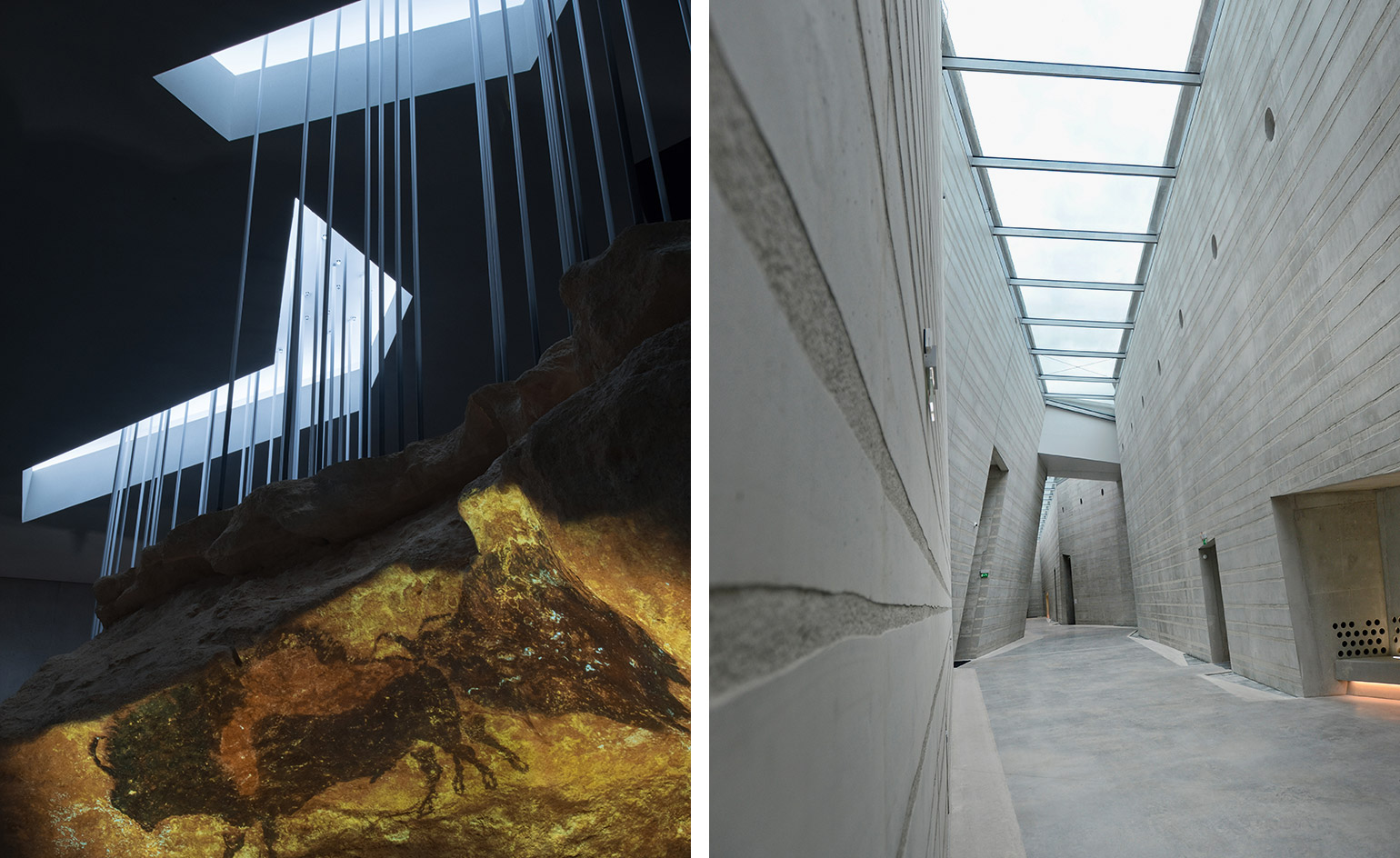
The inclined walls have random horizontal stripes sandblasted into them, to suggest geological layers
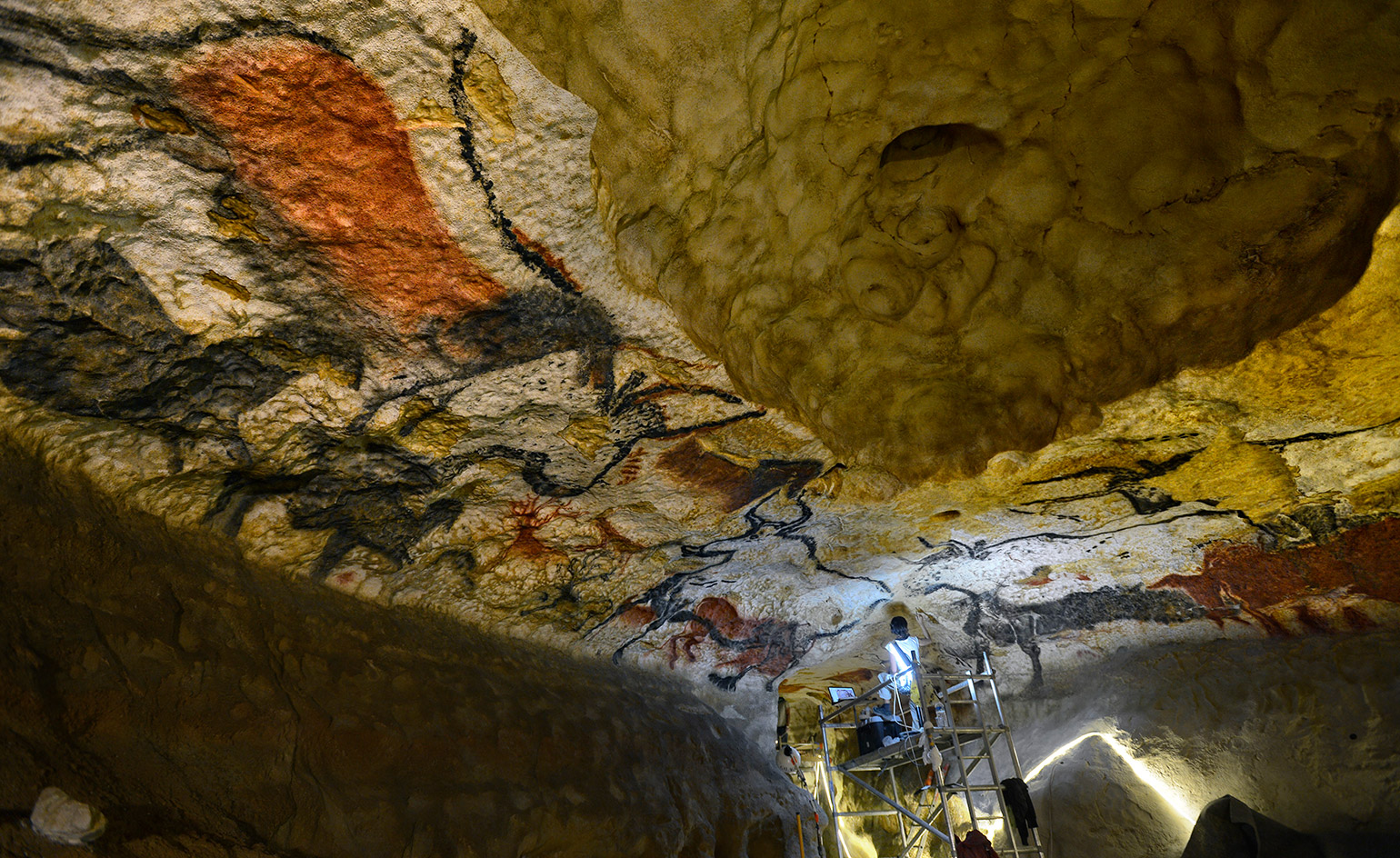
The big draw is an exact replica of the original caves
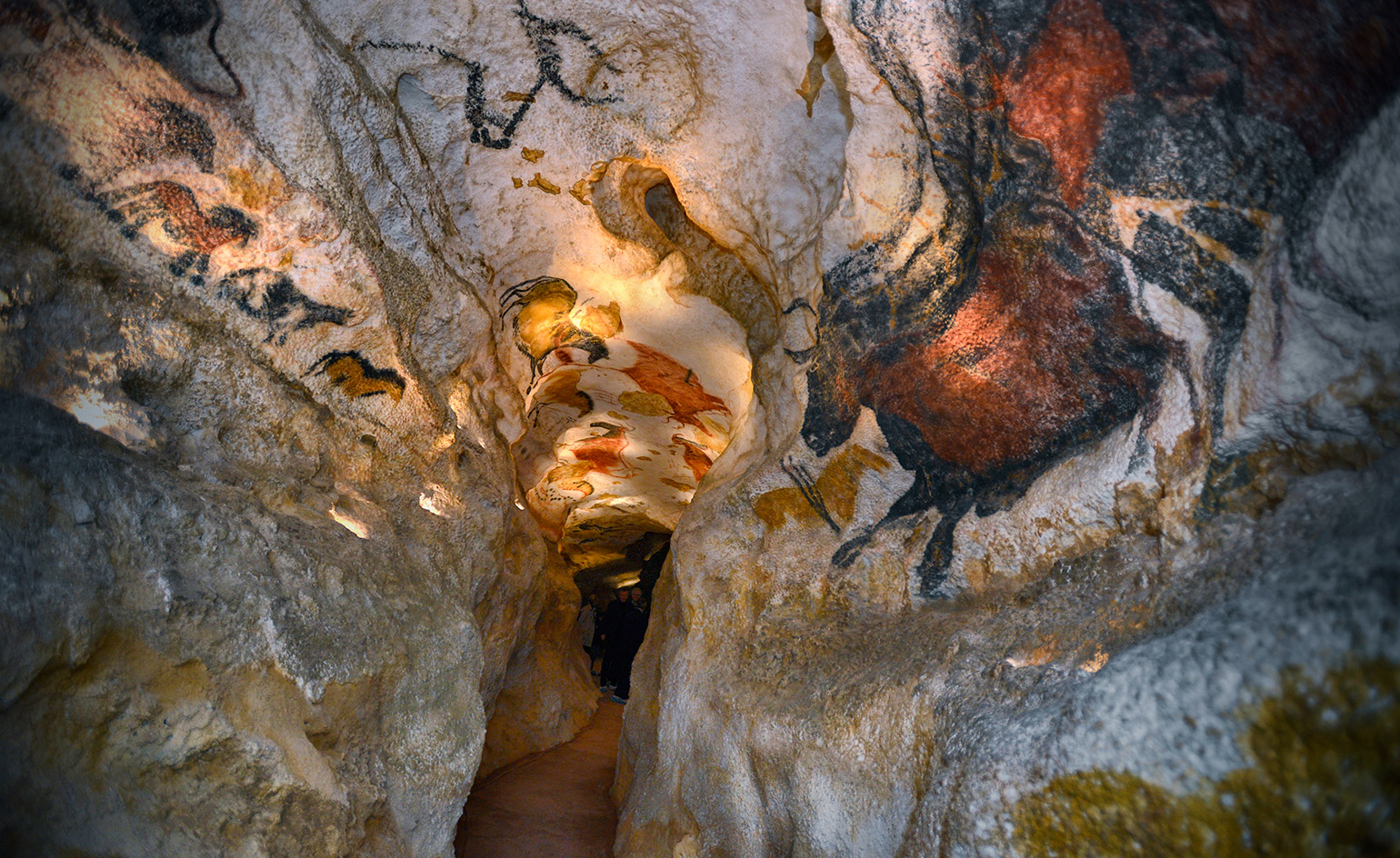
The Lascaux cave paintings date back around 20,000 years
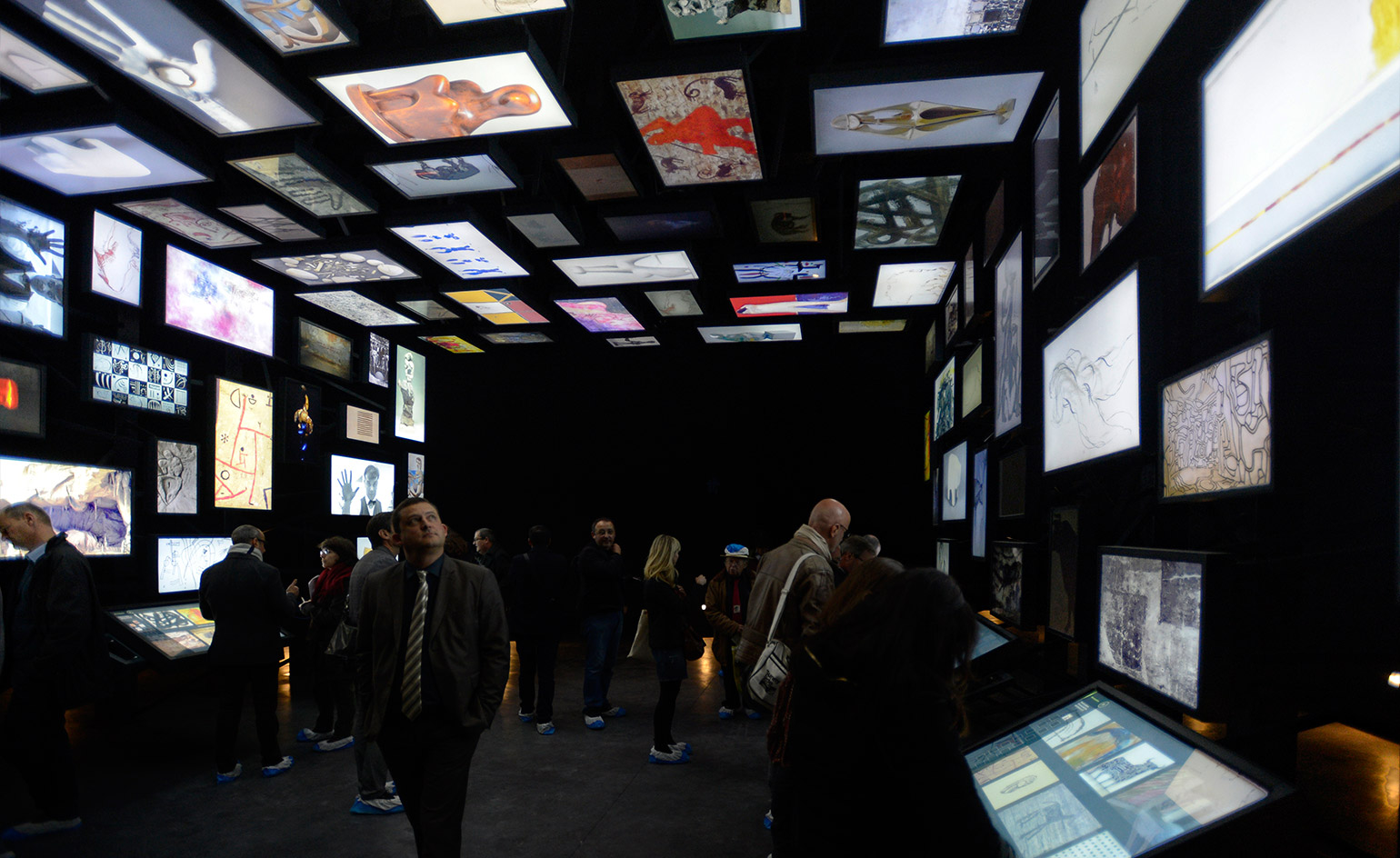
The €57m venue was commissioned by the Conseil Général de la Dordogne
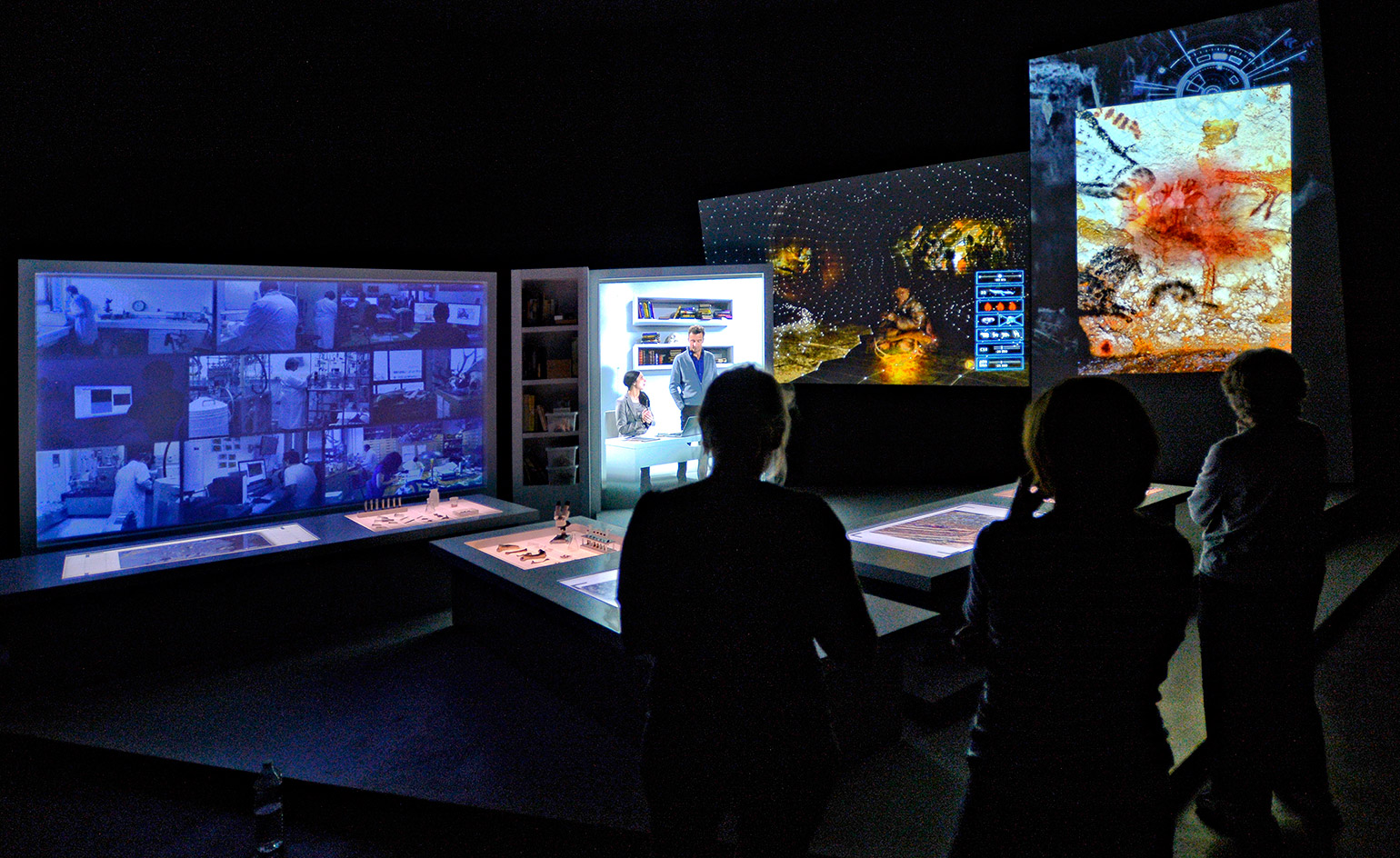
The centre's contemporary displays contrast with the ancient artworks
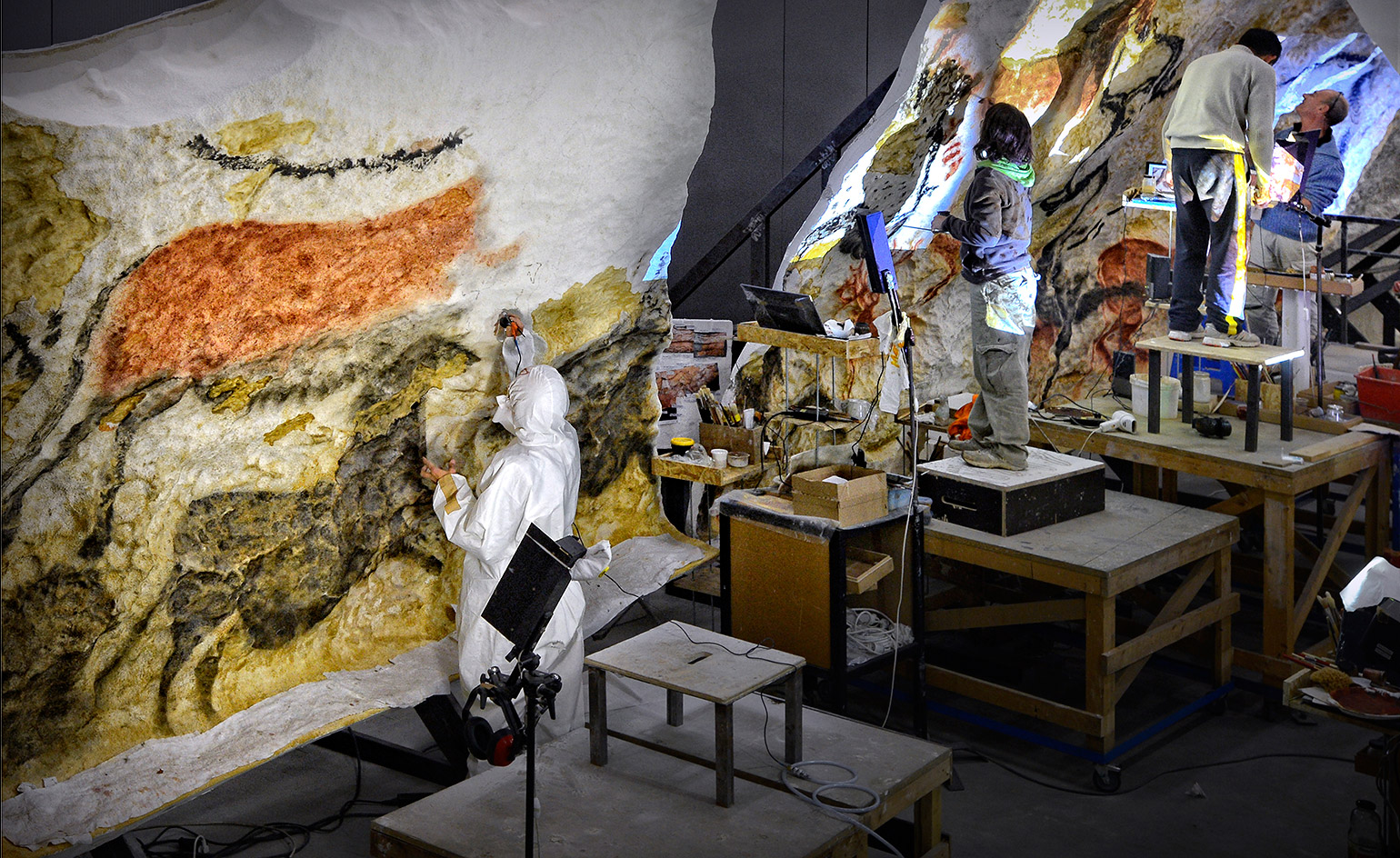
The cave environment and its artworks were painstakingly recreated over four years at the Atelier des Fac-Similés du Périgord by 30 artists
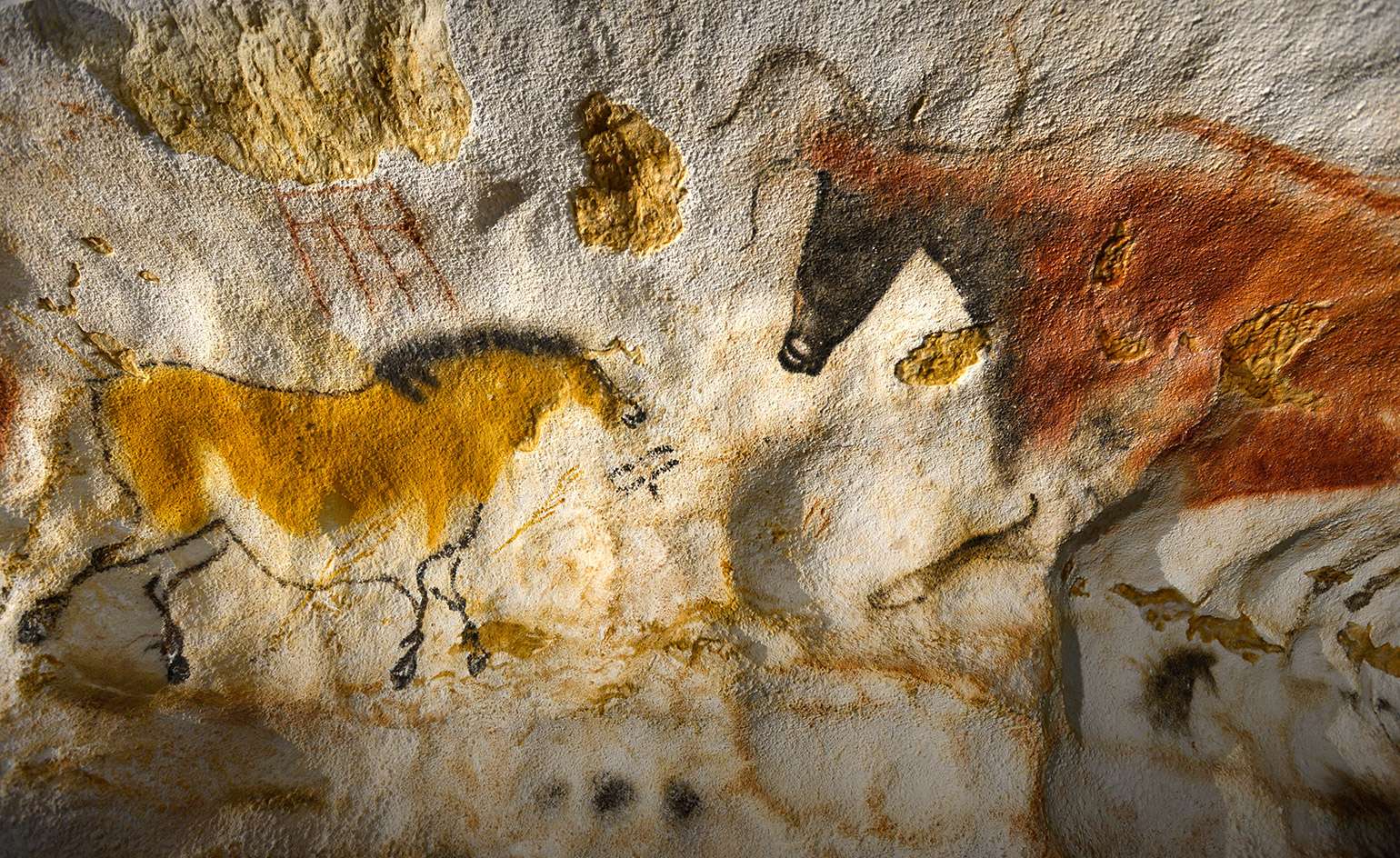
Artists studied paleolithic techniques to create the replica caves and artwork
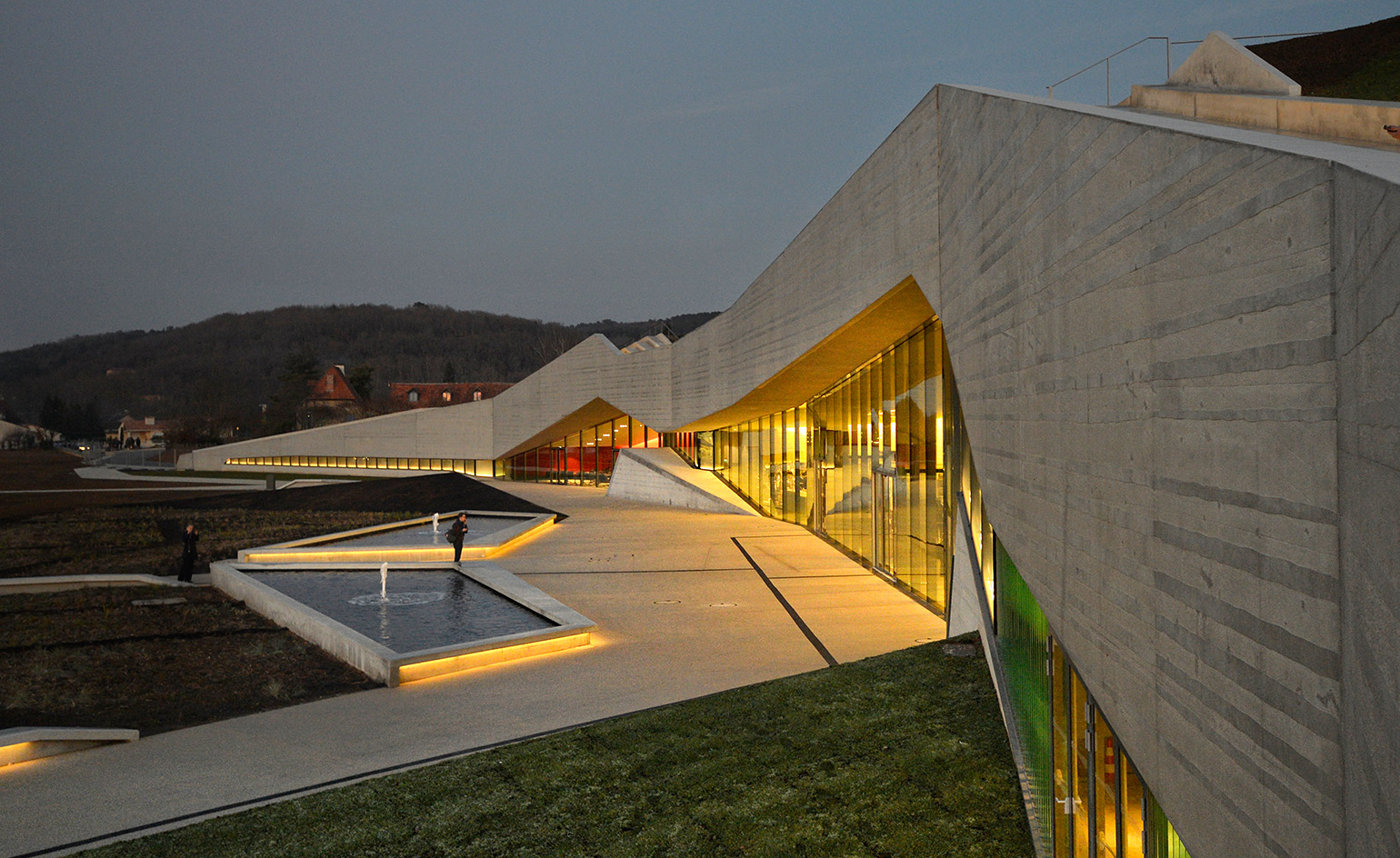
The design of the building explicitly interacts with the landscape
INFORMATION
For more information, visit the Snøhetta website, or the Casson Mann website
Receive our daily digest of inspiration, escapism and design stories from around the world direct to your inbox.
Clare Dowdy is a London-based freelance design and architecture journalist who has written for titles including Wallpaper*, BBC, Monocle and the Financial Times. She’s the author of ‘Made In London: From Workshops to Factories’ and co-author of ‘Made in Ibiza: A Journey into the Creative Heart of the White Island’.
-
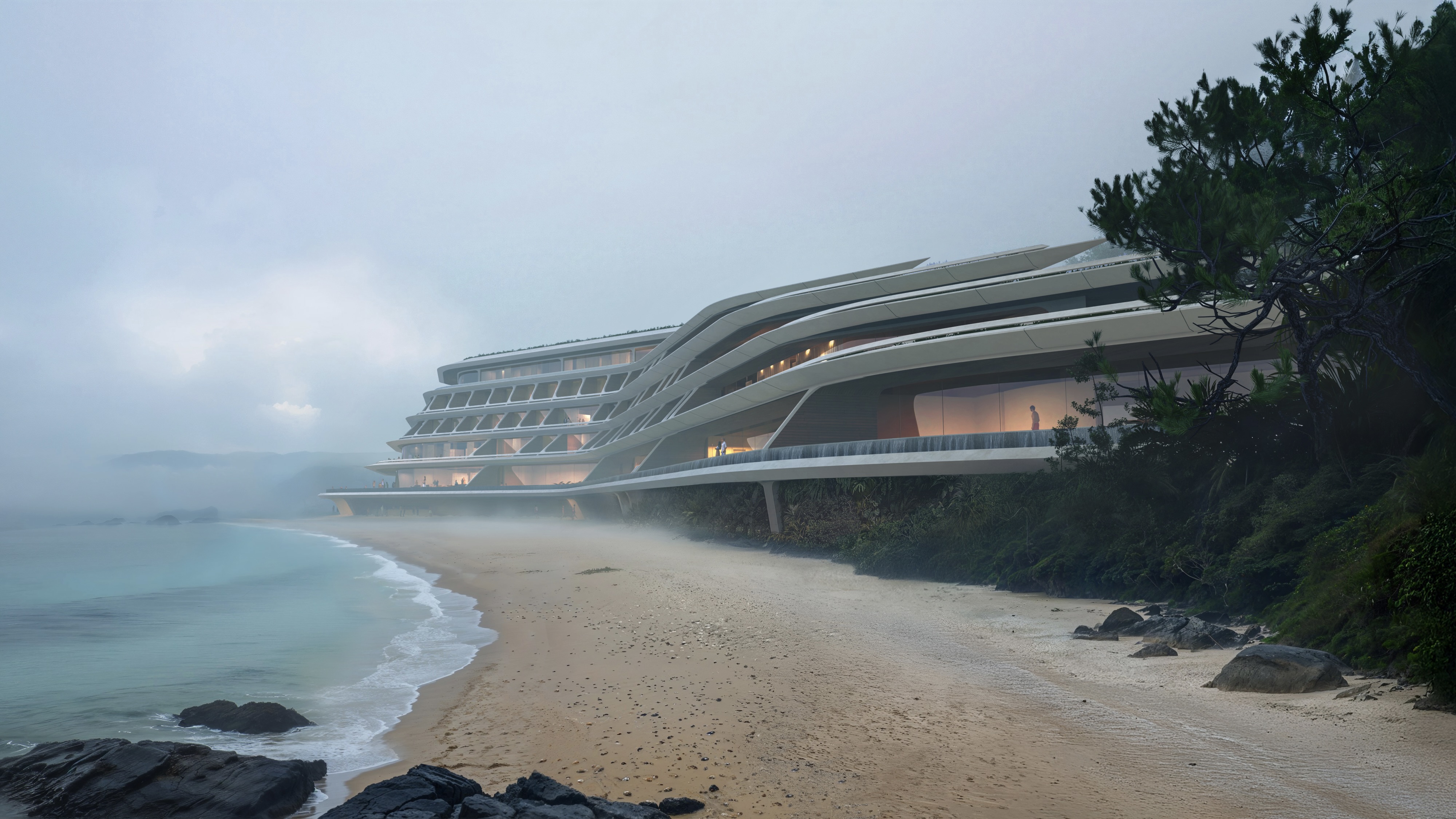 Curvilinear futurism meets subtropical beaches at Not A Hotel’s ZHA-designed Okinawa retreat
Curvilinear futurism meets subtropical beaches at Not A Hotel’s ZHA-designed Okinawa retreatZaha Hadid Architects has revealed the design for the first property in Not A Hotel’s futuristic new Vertex collection, coming soon to southern Japan
-
 Gorden Wagener leaves the helm of Mercedes-Benz design after 28 years with the company
Gorden Wagener leaves the helm of Mercedes-Benz design after 28 years with the companyThe German designer is stepping down from the role of chief design officer at Mercedes-Benz. We look back at his influence and impact on the world of automotive and luxury design
-
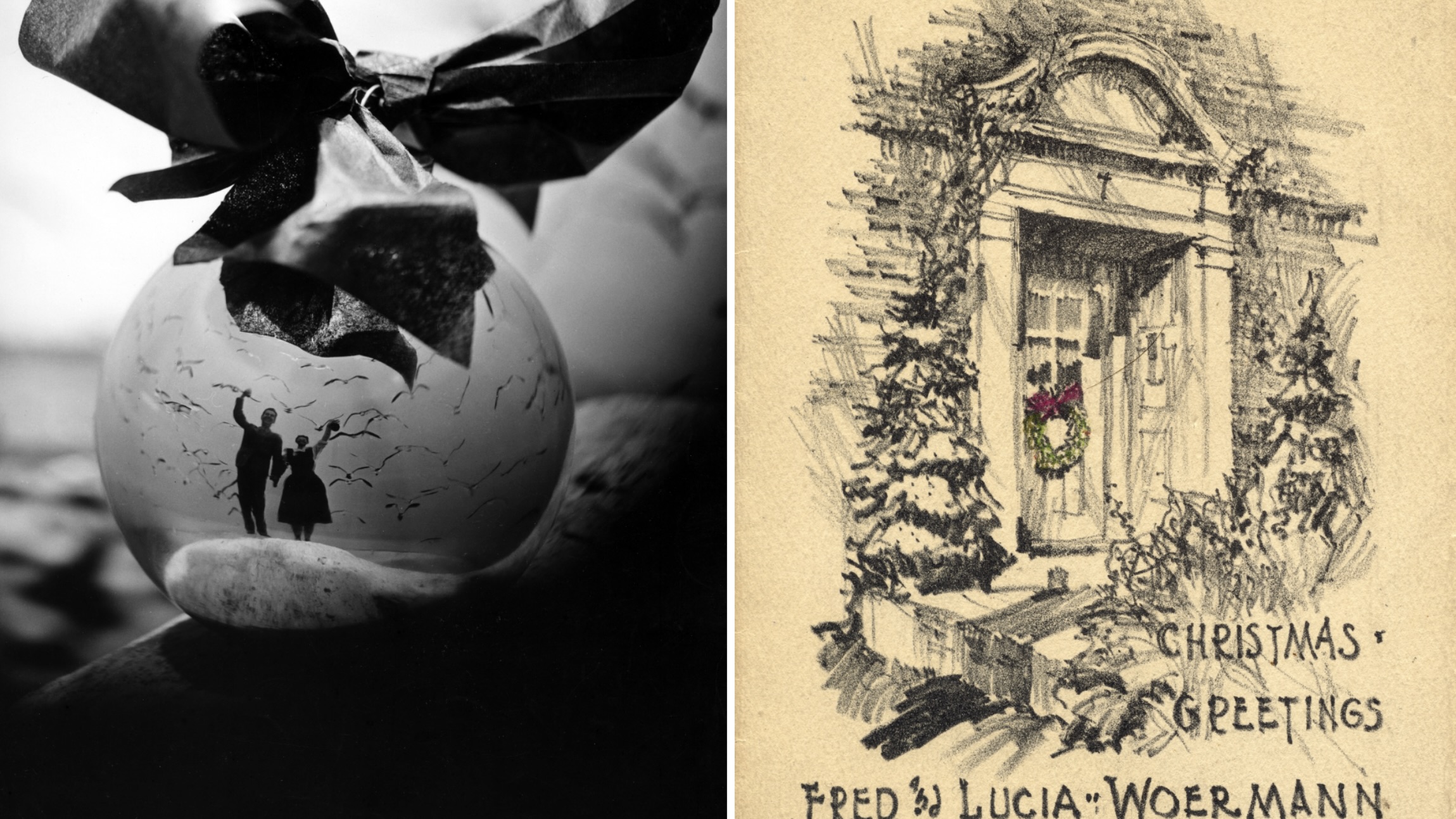 These Christmas cards sent by 20th-century architects tell their own stories
These Christmas cards sent by 20th-century architects tell their own storiesHandcrafted holiday greetings reveal the personal side of architecture and design legends such as Charles and Ray Eames, Frank Lloyd Wright and Ludwig Mies van der Rohe
-
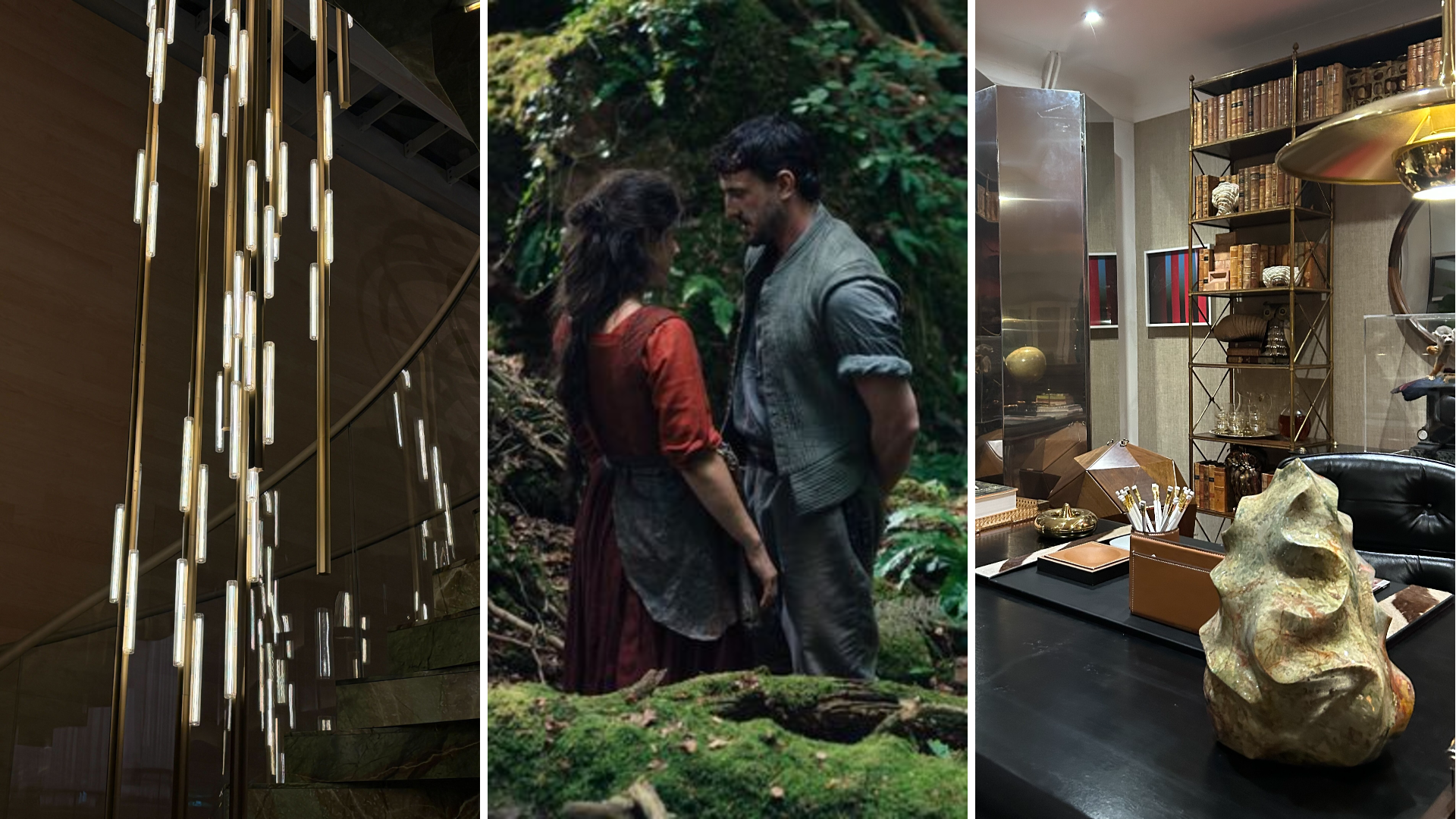 Out of office: The Wallpaper* editors’ picks of the week
Out of office: The Wallpaper* editors’ picks of the weekFar from slowing down for the festive season, the Wallpaper* team is in full swing, hopping from events to openings this week. Sometimes work can feel like play – and we also had time for some festive cocktails and cinematic releases
-
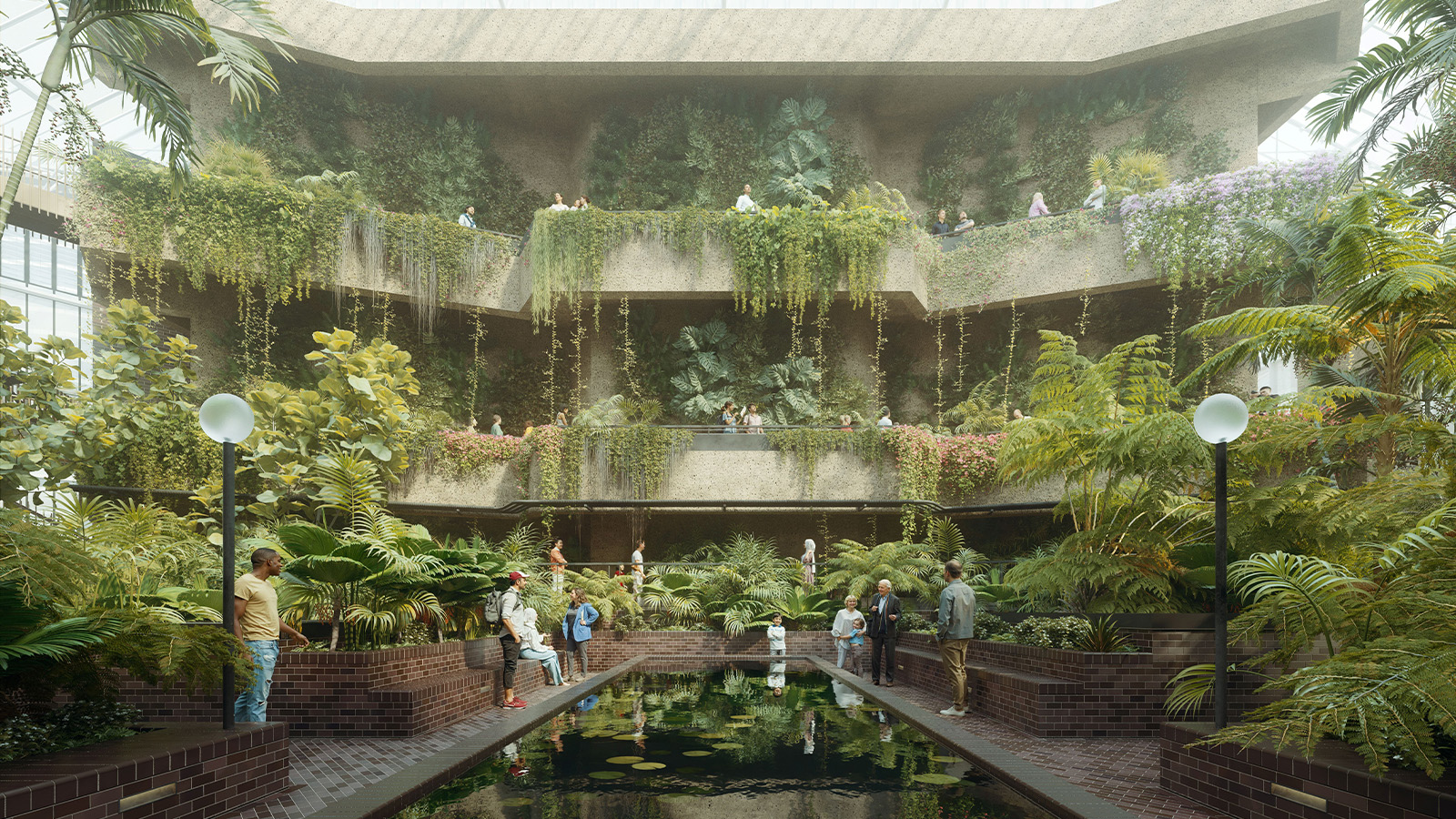 The Barbican is undergoing a huge revamp. Here’s what we know
The Barbican is undergoing a huge revamp. Here’s what we knowThe Barbican Centre is set to close in June 2028 for a year as part of a huge restoration plan to future-proof the brutalist Grade II-listed site
-
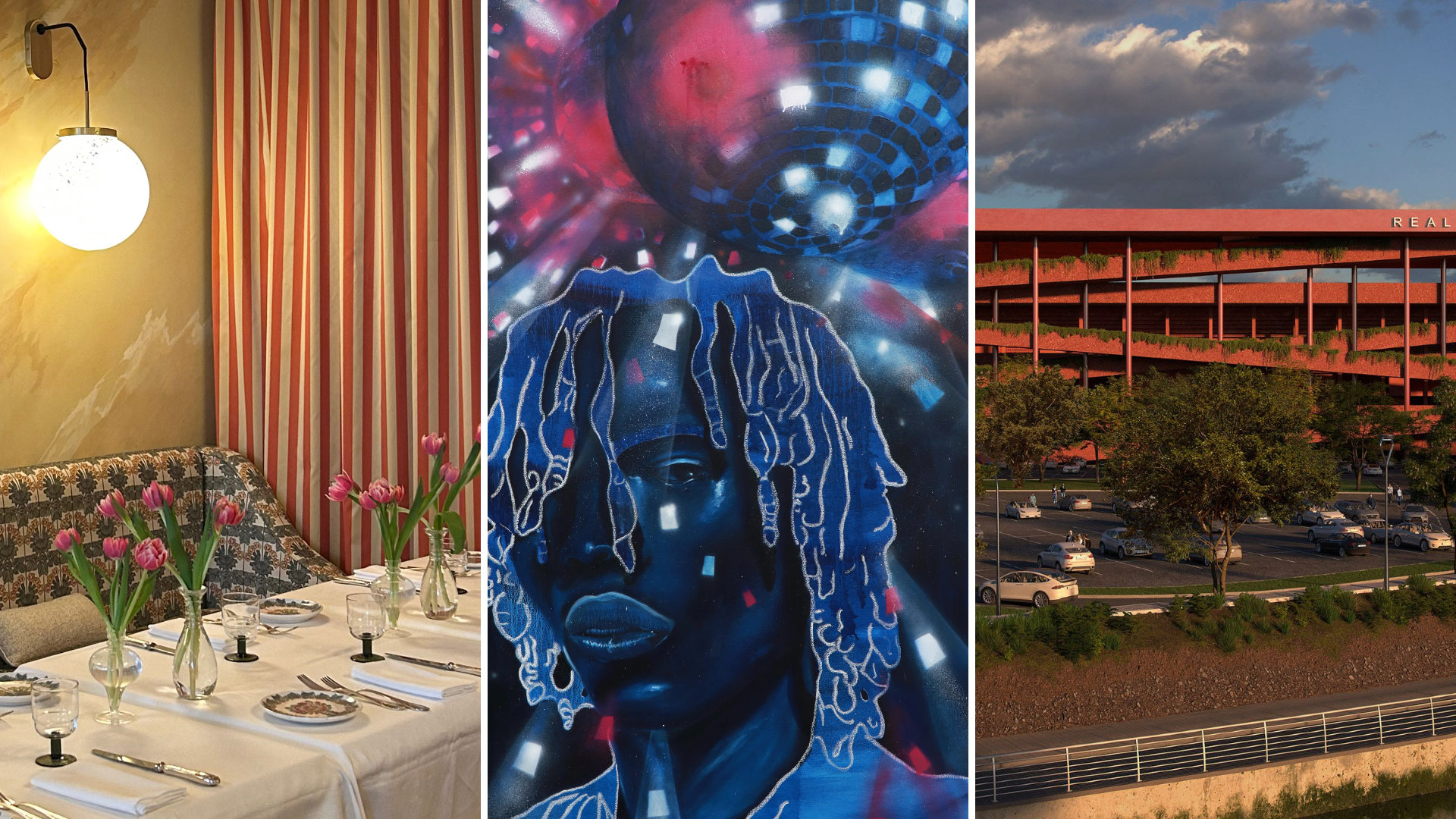 Out of office: The Wallpaper* editors’ picks of the week
Out of office: The Wallpaper* editors’ picks of the weekIt’s wet, windy and wintry and, this week, the Wallpaper* team craved moments of escape. We found it in memories of the Mediterranean, flavours of Mexico, and immersions in the worlds of music and art
-
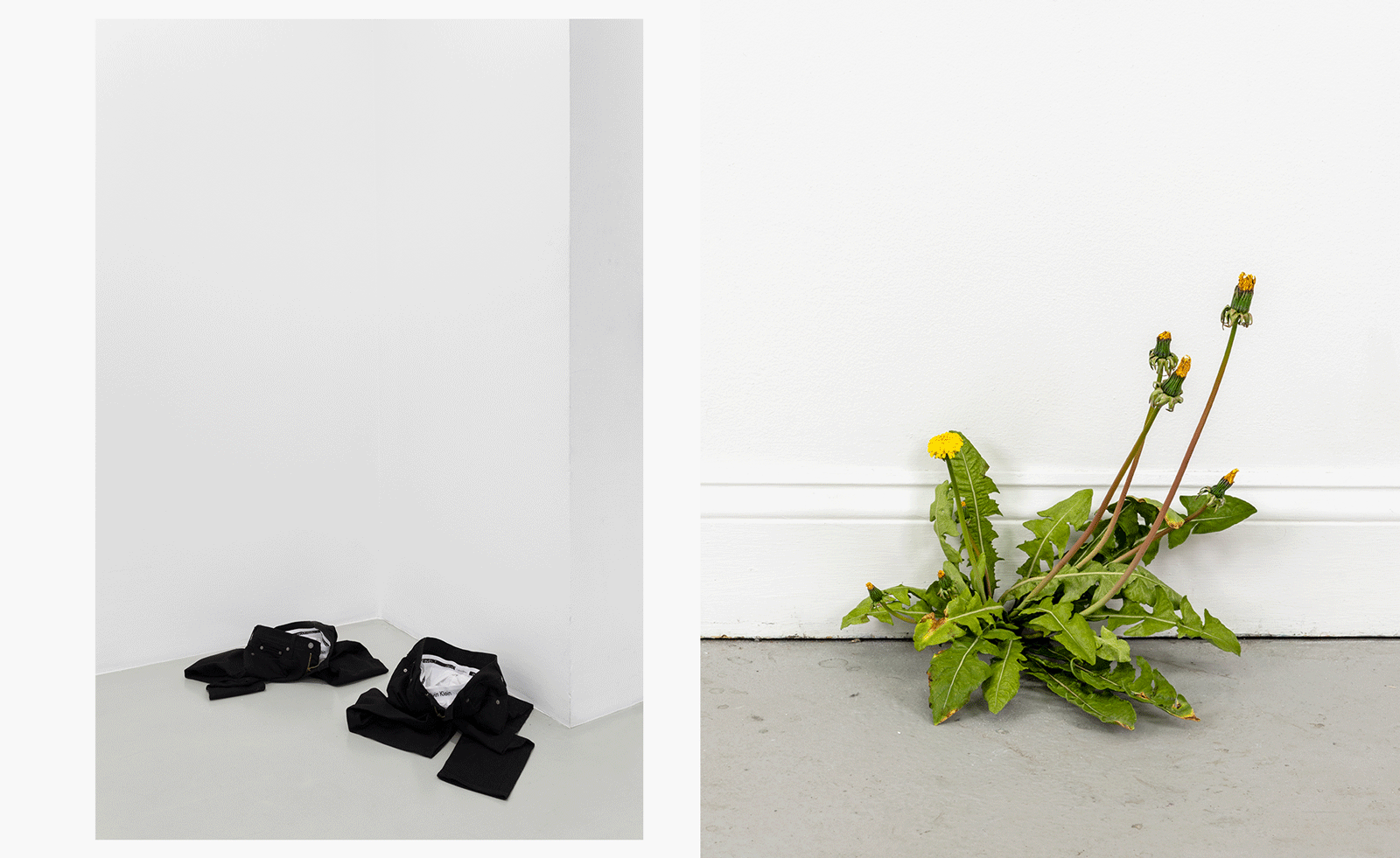 Each mundane object tells a story at Pace’s tribute to the everyday
Each mundane object tells a story at Pace’s tribute to the everydayIn a group exhibition, ‘Monument to the Unimportant’, artists give the seemingly insignificant – from discarded clothes to weeds in cracks – a longer look
-
 Out of office: The Wallpaper* editors’ picks of the week
Out of office: The Wallpaper* editors’ picks of the weekThis week, the Wallpaper* team had its finger on the pulse of architecture, interiors and fashion – while also scooping the latest on the Radiohead reunion and London’s buzziest pizza
-
 Out of office: The Wallpaper* editors’ picks of the week
Out of office: The Wallpaper* editors’ picks of the weekIt’s been a week of escapism: daydreams of Ghana sparked by lively local projects, glimpses of Tokyo on nostalgic film rolls, and a charming foray into the heart of Christmas as the festive season kicks off in earnest
-
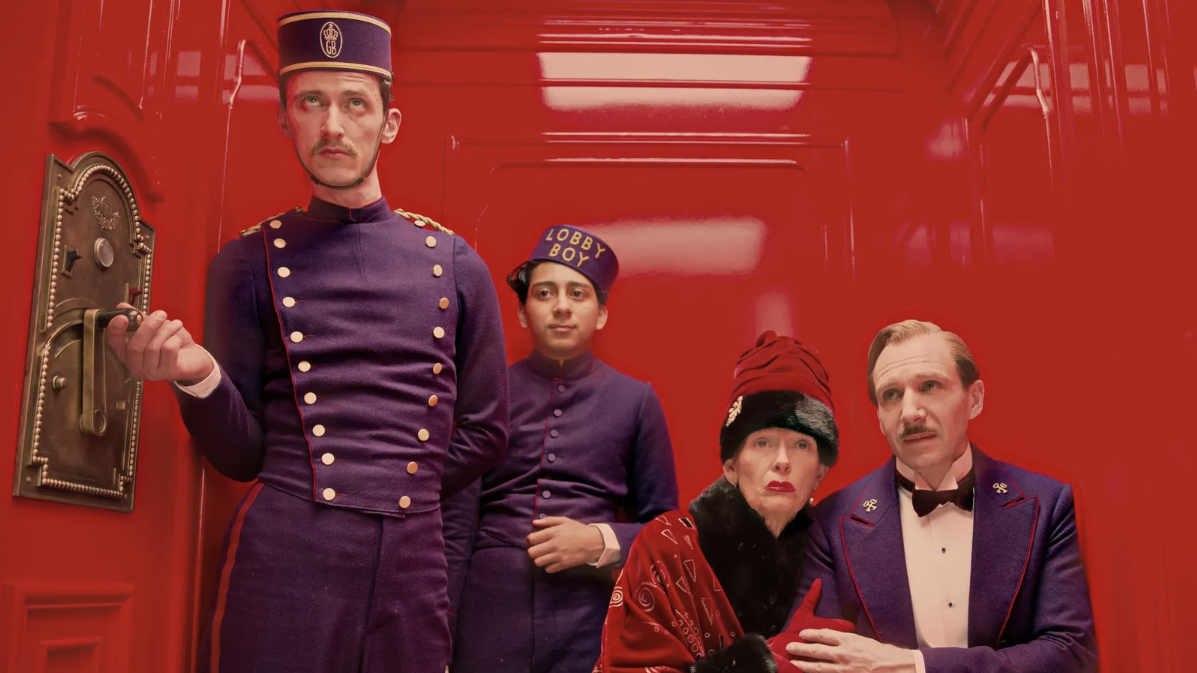 Wes Anderson at the Design Museum celebrates an obsessive attention to detail
Wes Anderson at the Design Museum celebrates an obsessive attention to detail‘Wes Anderson: The Archives’ pays tribute to the American film director’s career – expect props and puppets aplenty in this comprehensive London retrospective
-
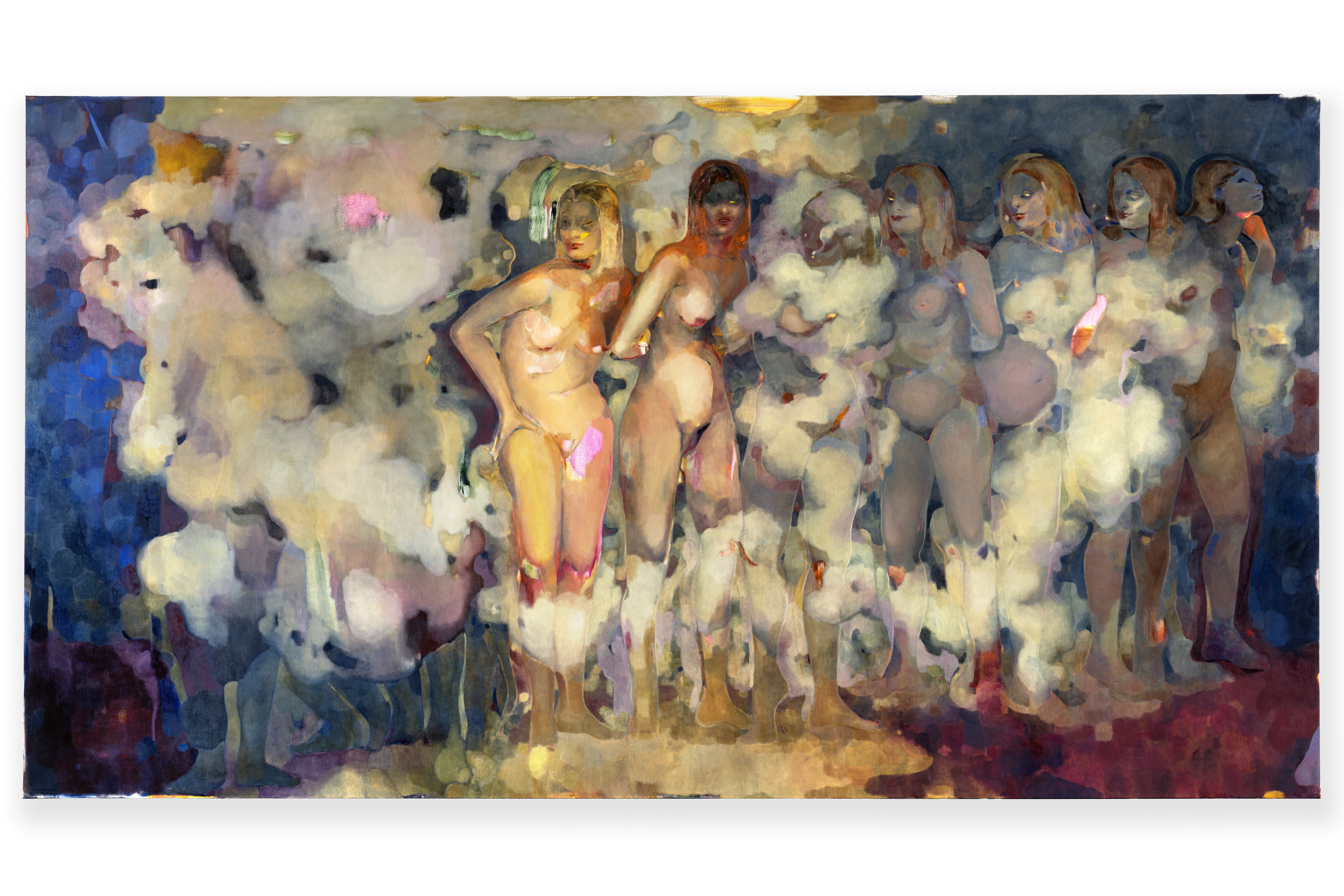 Meet Eva Helene Pade, the emerging artist redefining figurative painting
Meet Eva Helene Pade, the emerging artist redefining figurative paintingPade’s dreamlike figures in a crowd are currently on show at Thaddaeus Ropac London; she tells us about her need ‘to capture movements especially’